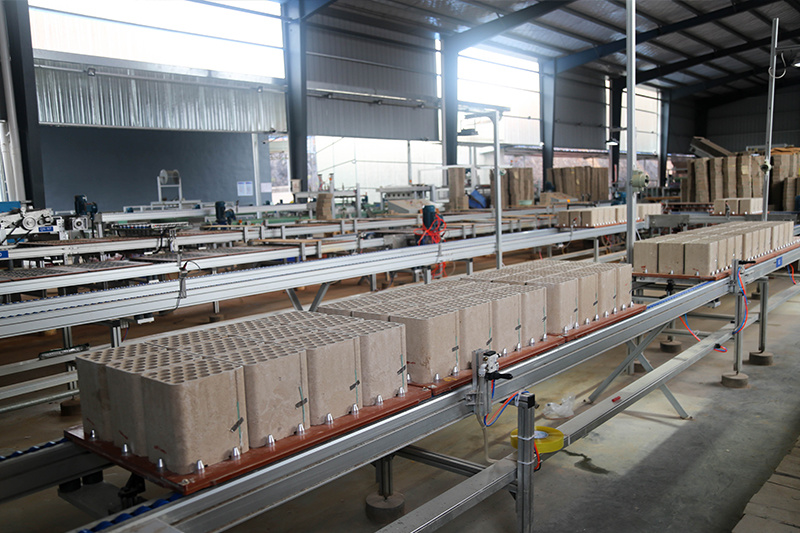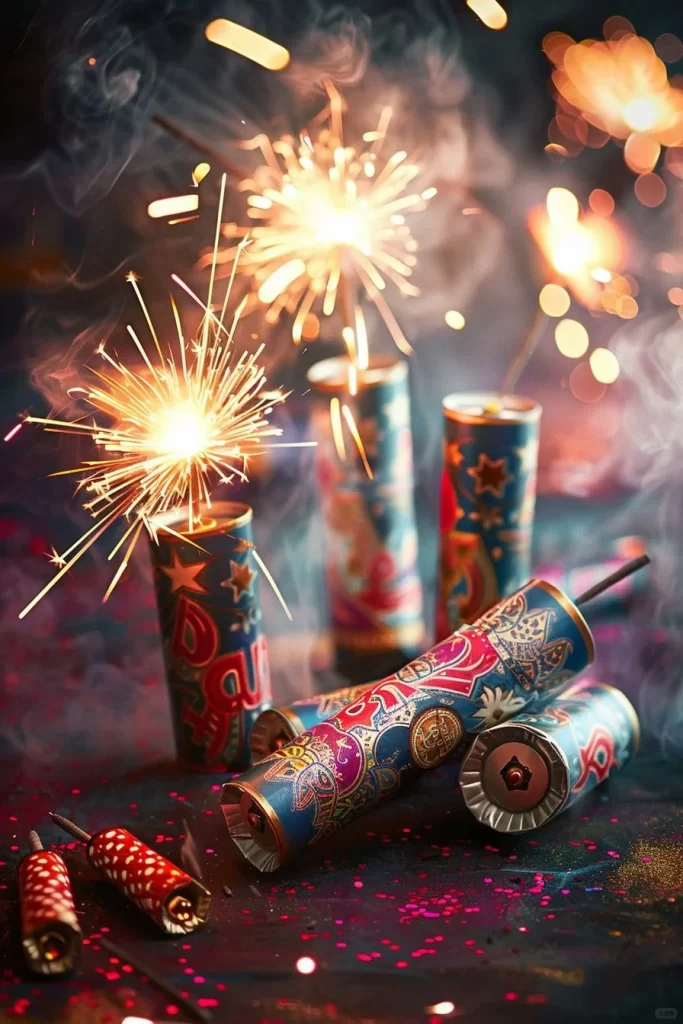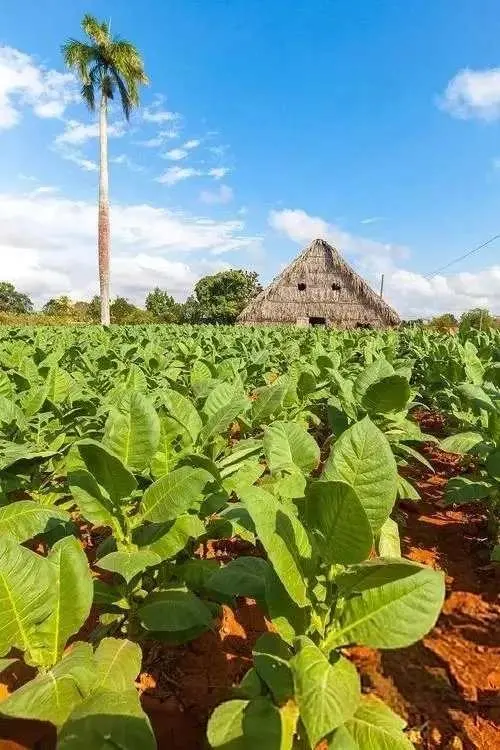The reason for emphasizing “low moisture absorption rate” : Safety and stability come first
1.Ensure chemical stability and safety
- Key risk: The gunpowder (black powder) used in fireworks is a mixture of potassium nitrate, sulfur and charcoal. Charcoal powder and sulfur are both very fine. If potassium nitrate absorbs moisture and forms lumps, these damp potassium nitrate particles will come into close contact with sulfur and charcoal.
- Serious consequences: In a humid environment, potassium nitrate undergoes a slow REDOX reaction with sulfur, generating more hygroscopic substances such as ammonium nitrate and potassium sulfate. This process releases heat and lowers the ignition point of the mixture. In the case of large-scale accumulation, the heat accumulated by this slow reaction may lead to self-ignition and self-explosion, which is one of the most dangerous safety hazards in the production of fireworks.
2.Maintain the physical structure and combustion reliability
- Caking and failure: After absorbing moisture, potassium nitrate will deliquesce, causing the originally dry and loose fireworks powder to caking and harden. This will lead to uneven loading of the propellant in the smoke tube and clog the discharge pipe.
- Interrupted combustion: The gunpowder of damp fireworks is extremely difficult to ignite, or the combustion rate is extremely unstable, resulting in serious quality problems such as “mute bombs”, low-altitude explosions, and blown cylinders. Reliable fireworks require that the gunpowder can burn stably and continuously at the designed burning rate.
3.Extended storage life
- Potassium nitrate with low moisture absorption rate can be stored in the warehouse for a long time without deterioration, ensuring the stability of production raw materials. This is crucial for the inventory management and year-round production of fireworks factories.

The reason for emphasizing “high potassium content” : pursuing a powerful and brilliant combustion effect
The content of the effective component of potassium nitrate (KNO₃) should be high, that is, its purity should be high. This is crucial for the combustion performance of fireworks.
1.Provide sufficient oxidants
High potassium content (i.e., high purity) means that there are more potassium nitrate molecules per unit mass, which can decompose to produce more abundant oxygen, thereby oxidizing the fuel (charcoal, sulfur and other metal fuels) more thoroughly and rapidly. This directly determines the explosive power, ascent height and ejection speed of the fireworks.
2.Optimize combustion speed and energy output
The higher the purity of potassium nitrate, the less impurities (such as sodium chloride, potassium chloride, moisture, etc.) it contains. These impurities not only do not participate in exothermic reactions, but also absorb heat, lower the combustion temperature and slow down the combustion rate.
Reduce hygroscopicity and impurity interference
Many impurities that reduce purity tend to be more hygroscopic themselves (such as chlorides). Therefore, high-purity potassium nitrate is usually accompanied by a lower moisture absorption rate, which is a complementary relationship.







